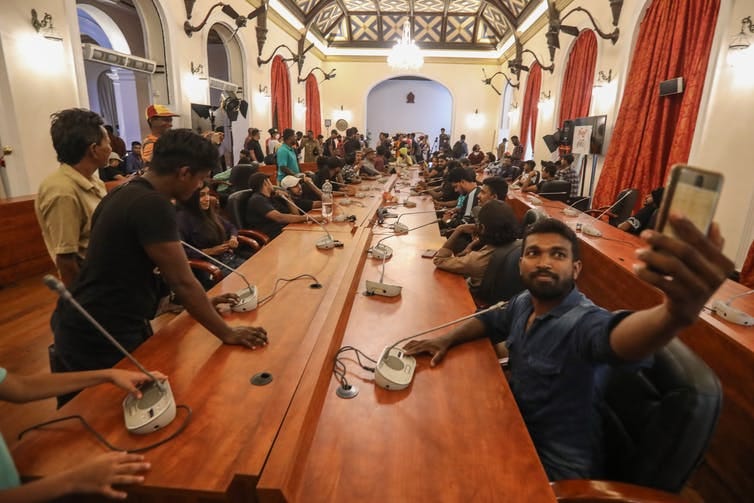As borders reopen and Covid-related restrictions are relaxed, lots of academics are celebrating the return of in-person conferences. I’m not one of them. Although I miss a lot of aspects of conferences, I’ve tried to avoid indoor meetings since the pandemic began, and there’s no reason to change that yet. And with the climate disaster getting worse all the time, I want to minimise, or at least reduce, air travel.
Another problem is that it’s become much more difficult for researchers from Africa and Asia to get access to conferences held in Europe and North America. One possible response would be to move the conferences to more generally accessible locations, but there aren’t many without problems of some kind.
At least for the moment, the most compelling argument in support of in-person conferences is that they provide junior researchers with the opportunity to establish contact with potential co-authors, future employers and so on. But, as with the “water cooler conversations” advanced as a reason for going back to the office, this is a serendipitous by-product of a costly process, rather like the non-stick frypans supposedly delivered by the US space program. Could we get the same benefits more directly.
The contact problem doesn’t really arise for established researchers. If I want to make contact with someone doing related research, I send them an email and suggest we open a discussion. That doesn’t always work (people are busy, and have different interests) but the same is true if you approach someone in person at a conference.
The difficulty for junior researchers is one of social convention. It’s much more socially acceptable to chat to a more senior colleague at a conference where you are both presenting than to cold-call them with an unsolicited email. But social conventions aren’t set in stone. As the social cost of in-person conferences goes up, and the benefits (relative to remote presentations) decline, it’s time to think about alternative ways of delivering those benefits.
Suppose we were starting from scratch, with today’s technological possibilities and constraints, and thinking about how to start and sustain collegial contact between researchers from different locations. How would we go about it? The first requirement, I think, would be an explicit norm that participating in an online meeting includes an obligation to be available to talk to junior researchers. One way might be to replace the current model of talk+discussant with something like talk+panel discussion. Perhaps presenters could nominate preferred discussants and a matching algorithm could be used.
We could also think about changes that could be made at the university level, such as explicit acknowledgement of interaction with developing country colleagues. This seems like it would be easy to sell to university administrators – no cost to them, and it would look good on the annual report. The harder bit would probably be to get academics to treat it as more than another exercise in box-ticking.
Note: Oddly enough, as I was writing this, I received an invitation to attend a conference in Perth where PhD students present their work, and get comments from established researchers. That encapsulates many of the difficulties I’ve discussed above. Still thinking about it.

